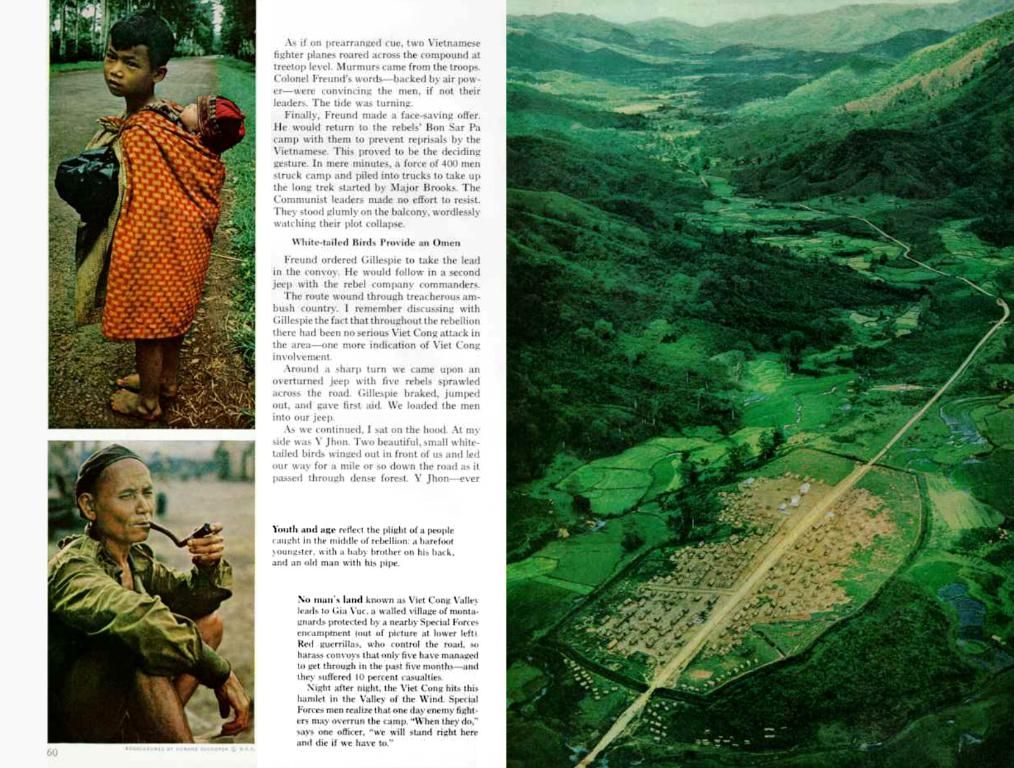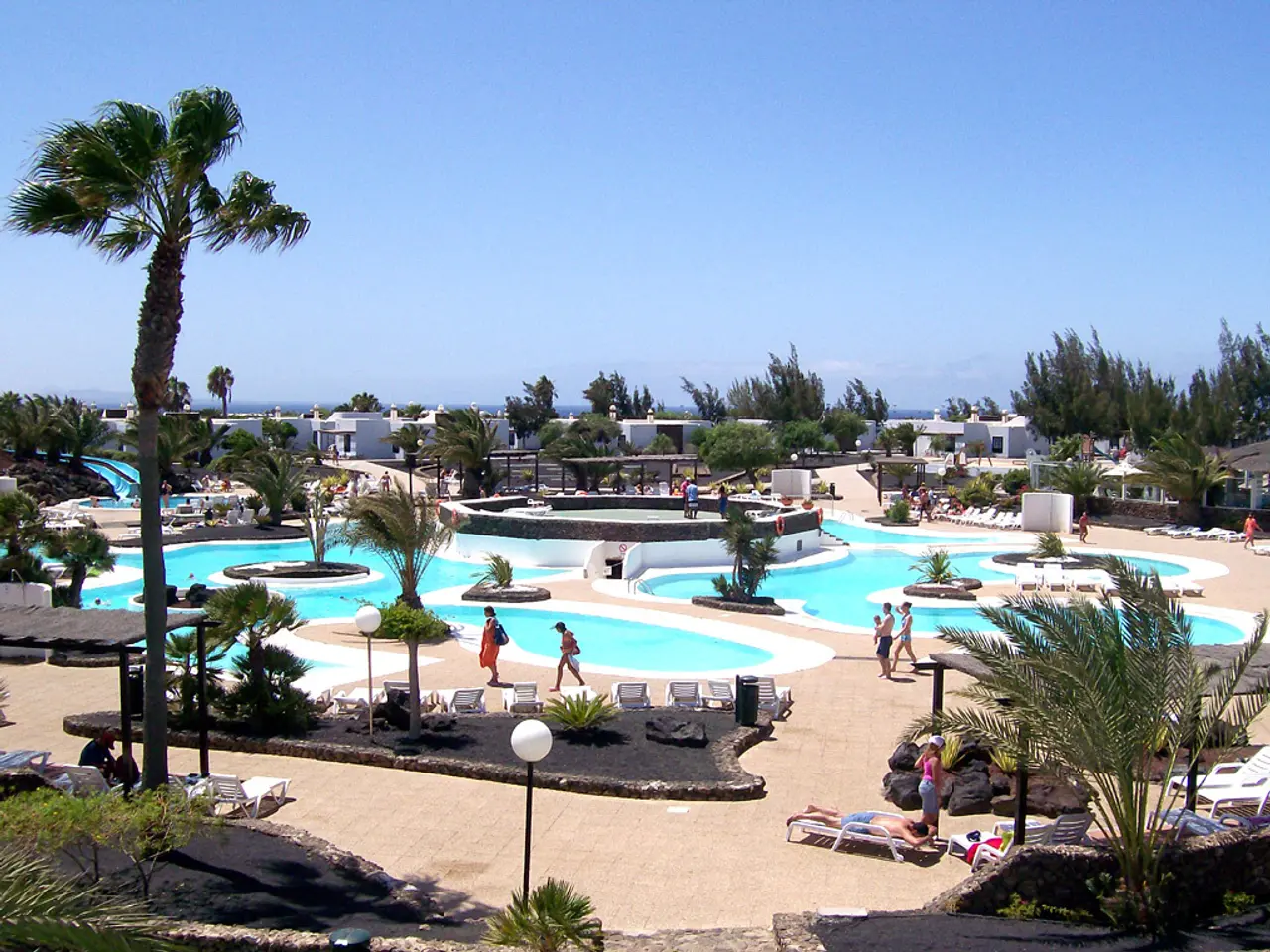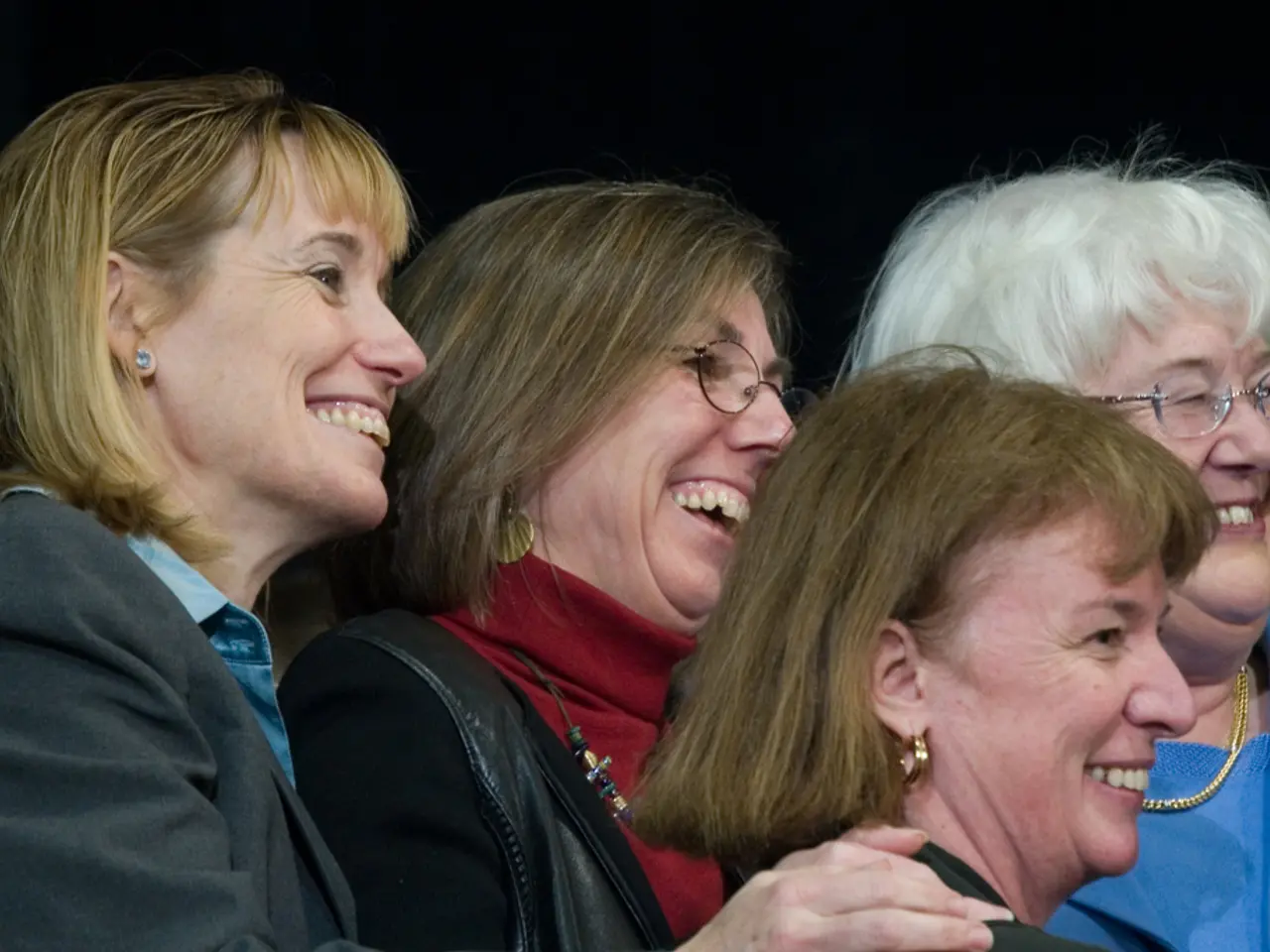Wiesbaden's Urban Vision Takes Shape: Green Guidelines Meet Progress
Focused regions in the land use plan 2040 span seventy-nine locations
The city council of Wiesbaden is steering change, as they've submitted key reports on land development and regional planning. These documents, including the specialist report on settlement development and the statement on the South Hesse regional plan, mark pivotal steps towards shaping Wiesbaden's future.
In the works since the 2019 resolution on land use plan revisions, Wiesbaden's urban strategists have been meticulously analyzing and debating potential development options. Now, the first tangible outline - the specialist report on settlement development - has emerged. An initial, well-founded proposal based on a rigorous evaluation of approximately 109 potential sites spanning roughly 800 hectares of land.
Only 79 passing sites have been floated for discussion in the form of a draft resolution. These areas, ripe for residential and commercial development, range from massive development projects to small-scale additions to existing neighborhoods.
Land Use Plan Contenders
Notable areas vying for attention include the expansion of the Technology Park in Delkenheim, the Max Planck Park, the Perspective Area West, and the contentious Ostfeld. Smaller, locally significant areas also join the race, with nearly every district potentially impacted. The goal: a rich, diverse portfolio that facilitates both large-scale projects and local housing developments.
The city planning department envisions around 600 hectares for further processing, the result of careful balancing of demand and feasibility.
Regional Planning Negotiations
Simultaneously, Wiesbaden is engaged in the revision of the South Hesse regional plan. The city has prepared a statement in cooperation with its specialized departments, aligning its development path with regional goals. Although the date for the plan's first public presentation remains unannounced, Wiesbaden aspires to be a driving force behind its formation. The statement has already received city council approval.
A Milestone, Not the Finish Line
While this report serves as an initial, professionally grounded foundation, it is not yet a decision. Instead, it lays the groundwork for upcoming political discourse and the preparation of the draft land use plan 2040. Local councils will soon engage in consultation, a phase that starts in June, marking another step in the process.
Mayor and city development commissioner Gert-Uwe Mende underlines the process's strategic importance, expressing gratitude to all who paved the way for ensuing discussion.
Photo - City planning in action ©2025 Wiesbaden lives! / AI-generated
Stay updated on the South-East district news here.
For more insights on Urban development and urban planning, click here.
Land Use Plan Land Use Plan 2024 Urban Planning
Wiesbaden is carving out its future by skillfully navigating the intersection of urban expansion and nature conservation, all while keeping an eye on sustainability and strategic planning for growth. The city's approach balances the identification of potential building areas with environmentally conscious development, guided by collaborative planning processes and backed by the support of regional authorities.
Key Insights
- Wiesbaden is currently revising its local public transport and spatial development plans, with the focus on transport and land-use planning alignment.
- The city’s land use plan (Flächennutzungsplan, FNP) sets the foundation for overall spatial and structural development, outlining potential building areas, infrastructure needs, and conservation priorities.
- New building areas are planned with close coordination with transport needs and sustainability goals, with a focus on the integration of nature conservation and sustainability into land use planning.
- Hesse’s sustainability objectives include becoming CO2-neutral by 2030 and climate-neutral by 2045, with a strong role for municipalities in local implementation. Wiesbaden is working on integrated climate protection and green building standards.
- The city’s land use and transport planning processes are collaborative, involving public consultation and regular updates to reflect changing needs and priorities.
The specialist report on settlement development, with its initial proposals for home-and-garden projects spanning approximately 800 hectares of land, is a significant step towards shaping Wiesbaden's future lifestyle. Simultaneously, Wiesbaden is working on the revision of the South Hesse regional plan, aiming to create a rich, diverse portfolio for both large-scale home-and-garden projects and local housing developments, aligning with regional goals to ensure a sustainable home-and-garden lifestyle.




